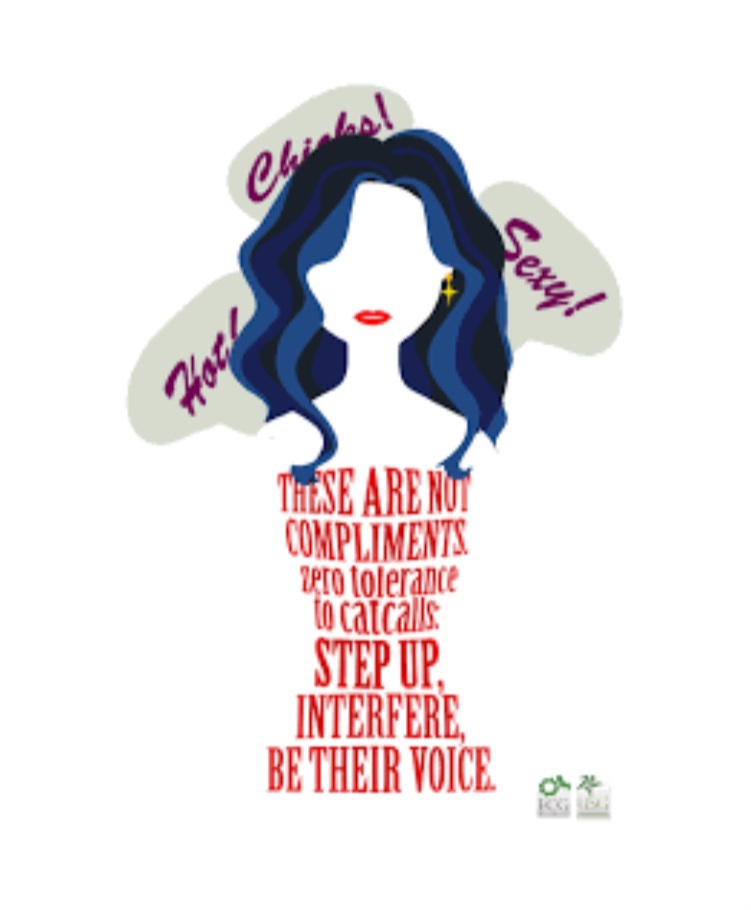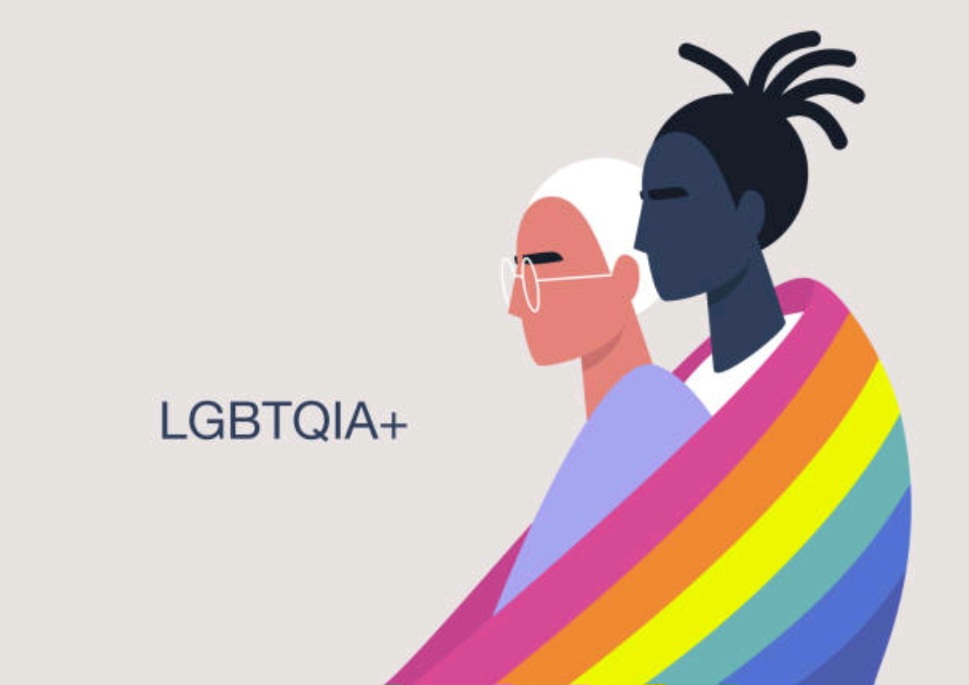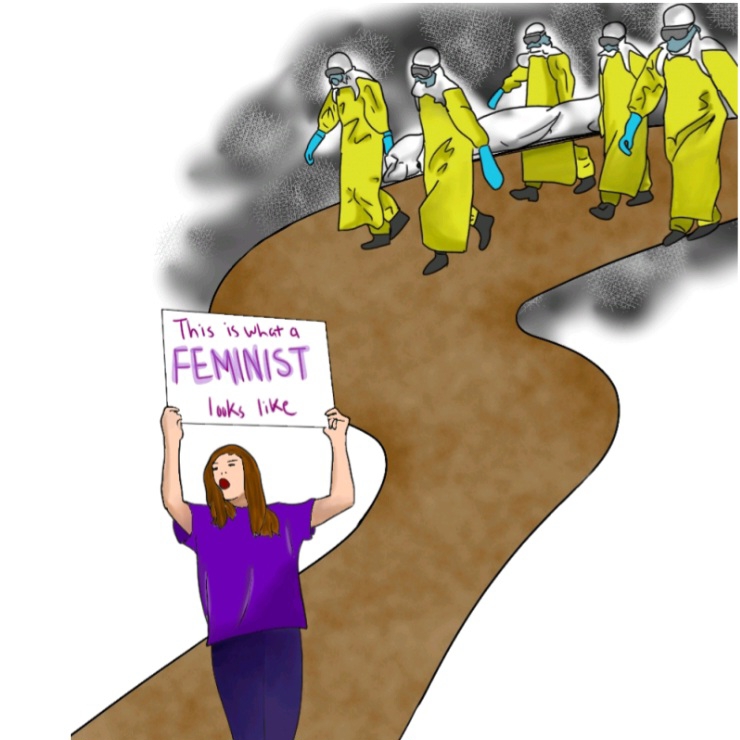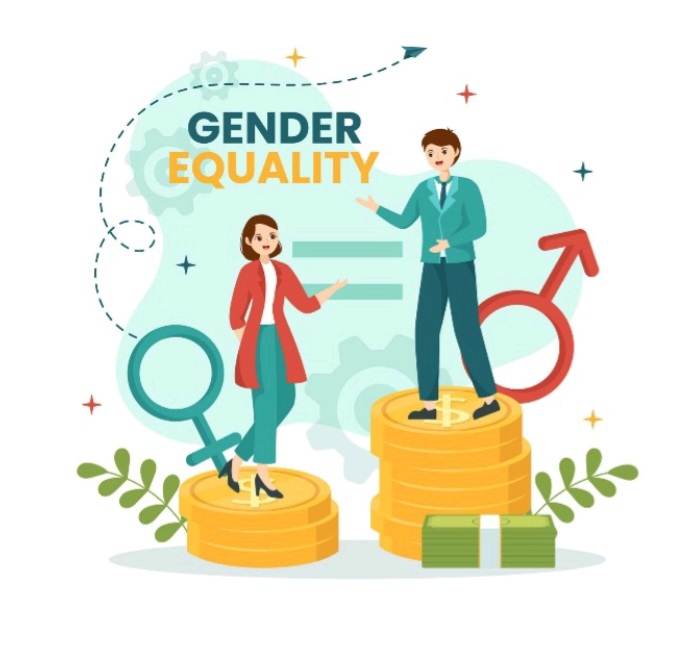In the bustling streets of our cities, an issue that many women encounter on a daily basis is street harassment. This unwelcome behavior involves unwanted comments, gestures, or actions directed at individuals based on their gender. Unfortunately, women often bear the brunt of street harassment more frequently than men.
For women, street harassment can take various forms, ranging from catcalling and lewd comments to invasive stares and physical intimidation. The impact of these experiences goes beyond just a momentary discomfort; it can contribute to feelings of vulnerability, anxiety, and a constant need to be on guard.
The frequency of street harassment faced by women is a testament to the persistence of gender-based stereotypes and power dynamics in society. Such behaviors are rooted in ingrained attitudes that objectify and disempower women, perpetuating a culture that tolerates and normalizes such actions.
While men can also experience street harassment, the prevalence and nature of these encounters differ. Women, regardless of age or appearance, often find themselves subjected to unwanted attention simply because of their gender. This discrepancy highlights the unequal power dynamics that persist in public spaces.
Addressing street harassment requires collective efforts to change societal norms and attitudes. Education plays a crucial role in challenging stereotypes and promoting respect for all individuals. Advocacy for safe public spaces and awareness campaigns can contribute to fostering an environment where everyone feels secure and free from harassment.
In conclusion, acknowledging the gender disparity in street harassment is essential for creating a more inclusive and respectful society. By raising awareness and fostering a culture of empathy and understanding, we can work towards making our streets safer for everyone, regardless of their gender.





































